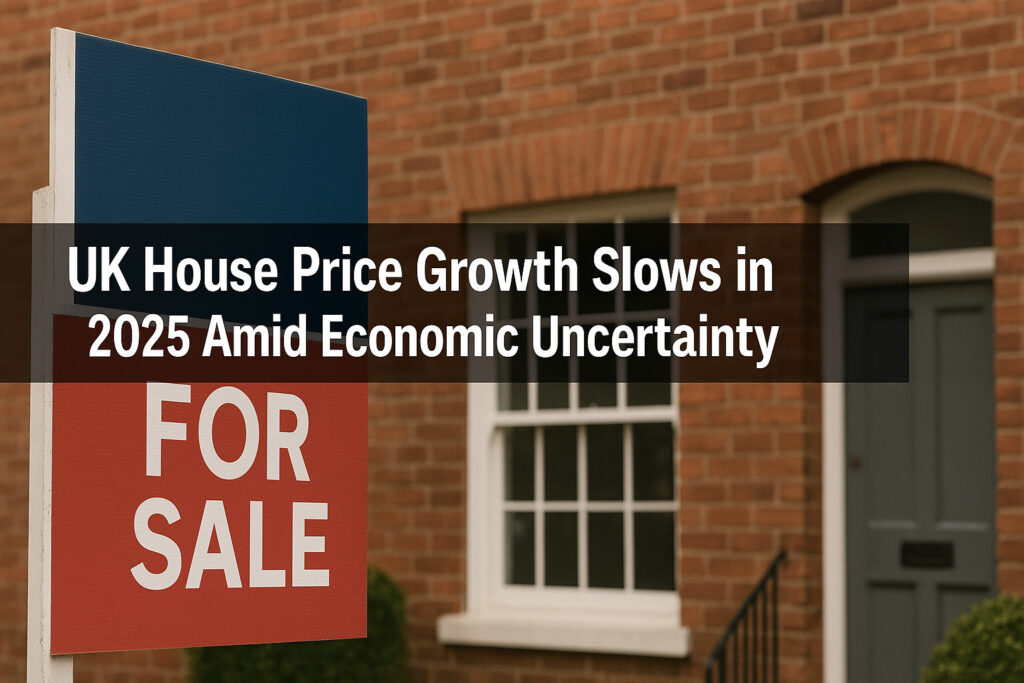Soaring Tenant Demand in the UK: A New Era for Rental Investors
The UK rental market is experiencing a significant surge in tenant demand, driven by a combination of socio-economic factors, housing supply constraints, and shifting demographics.
At the start of 2025, tenant enquiries have reached unprecedented levels, marking a clear trend: the UK is becoming an increasingly rental-dependent nation.
According to leading property portals, tenant demand has surged over 50% compared to pre-pandemic levels, outpacing available rental stock in every region of the UK.
This imbalance continues to apply upward pressure on rents while intensifying competition for available homes.
Regional Analysis: Where Tenant Demand is Outpacing Supply the Most
London: High Competition and Premium Rents
Tenant demand in Greater London continues to outstrip supply by a large margin.
Despite Rent rises slowing slightly compared to 2023, London remains the most competitive region for renters, with properties receiving dozens of enquiries within hours of listing.
Areas like Hackney, Camden, and Wandsworth are witnessing year-on-year rental Growth exceeding 10%.
Manchester and Birmingham: Northern Cities Driving Growth
Manchester and Birmingham remain hotbeds of tenant activity, especially among young professionals and students.
These cities have seen a marked rise in Build-to-Rent (BTR) developments, yet supply still lags behind demand.
In Manchester alone, the average time a property remains on the market has dropped to just 5 days.
Bristol, Leeds, and Edinburgh: Regional Rental Pressures
Cities like Bristol, Leeds, and Edinburgh continue to feel the squeeze, with average rental listings receiving three times more enquiries than in 2019.
These mid-sized cities offer substantial employment and education hubs, making them magnets for long-term renters.
Rising Rents: What Tenants and Landlords Should Expect
Rental Growth in the UK shows no signs of slowing. In 2024, the average UK rent rose by 9.7%, and projections for 2025 suggest a further 5–8% increase, depending on the region.
London, South East, and significant urban hubs are expected to lead the charge.
London
Average Rent (2024): £2,119
Projected Growth (2025): 6–8%
South East
Average Rent (2024): £1,395
Projected Growth (2025): 5–7%
North West
Average Rent (2024): £1,019
Projected Growth (2025): 4–6%
West Midlands
Average Rent (2024): £975
Projected Growth (2025): 5–6%
Scotland
Average Rent (2024): £939
Projected Growth (2025): 5–7%
Supply Challenges: Why Rental Stock Remains Limited
Several key factors are driving the ongoing shortage of rental properties:
Regulatory Pressures: Stricter EPC requirements and landlord legislation have prompted some private landlords to exit the market.
Higher Interest Rates: Increased mortgage costs have deterred new buy-to-let investments.
Planning Constraints: Slow planning approvals delay new housing developments, particularly in high-demand areas.
This combination continues to choke new supply, keeping available rental homes at critically low levels despite strong investor interest.
Investment Opportunities in a High-Demand Market
With rental demand peaking, this environment presents strategic opportunities for property investors. Key investment trends include:
1. Build-to-Rent (BTR) Sector Expansion
Institutional investors are heavily targeting the BTR sector, particularly in city centres. These properties offer long-term stable yields and cater to professional tenants seeking high-spec, fully-managed rental accommodation.
2. Regional Buy-to-Let Opportunities
Regions like the North East and East Midlands present strong yield potential (6–8%) at relatively low entry prices.
Demand is increasing among working families and young renters priced out of the South.
3. Purpose-Built Student Accommodation (PBSA)
Universities across the UK are facing record applications, especially from international students.
Purpose-built student properties near Russell Group institutions remain resilient with low vacancy rates and premium rents.
Demographics Driving Demand
Gen Z and Millennials Prefer Renting
Younger generations clearly prefer flexible living, urban proximity, and avoiding mortgage debt—over 60% of 25–34-year-olds now Rent, which is expected to increase further in 2025.
Migration and International Students
The UK continues to experience robust net migration, particularly in urban centres.
Additionally, the number of non-EU international students has doubled since 2019, driving up demand for rental accommodation near universities.
Remote Work & Relocation
Hybrid working models are encouraging city-to-city relocation within the UK.
Professionals seek rental homes in commuter towns like Reading, St Albans, and Milton Keynes, where quality of life is higher without sacrificing connectivity.
Policy Considerations and Market Outlook
The Renters Reform Bill is set to roll out in phases during 2025, which includes:
Abolition of Section 21 “no-fault” evictions
Mandatory registration through a national landlord portal
Decent Homes Standard applied to private rentals
While this may raise compliance costs, professional landlords and institutional investors are better positioned to adapt. Over the long term, it will likely improve tenant satisfaction and reduce turnover, stabilizing income for landlords.
Conclusion: The Rental Market Remains Robust and Investor-Friendly
Tenant demand across the UK has hit record levels and shows no signs of slowing.
For landlords and investors, the landscape is increasingly favourable—especially for those able to navigate regulatory change and focus on high-demand regional markets.
The UK’s rental economy is thriving, driven by demographic shifts, housing shortages, and changing lifestyle preferences.
2025 offers one of the strongest property investment environments over a decade for those positioned correctly.





